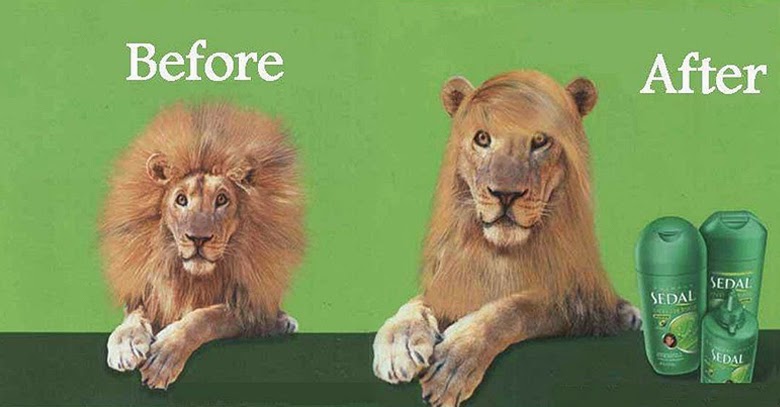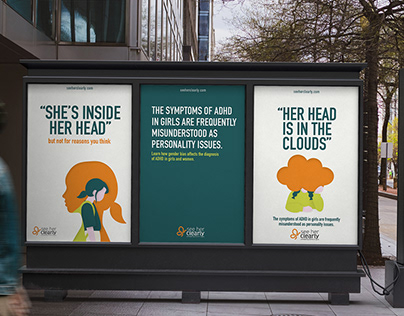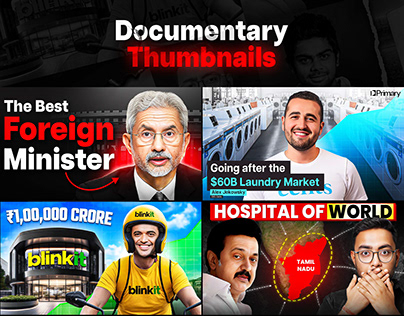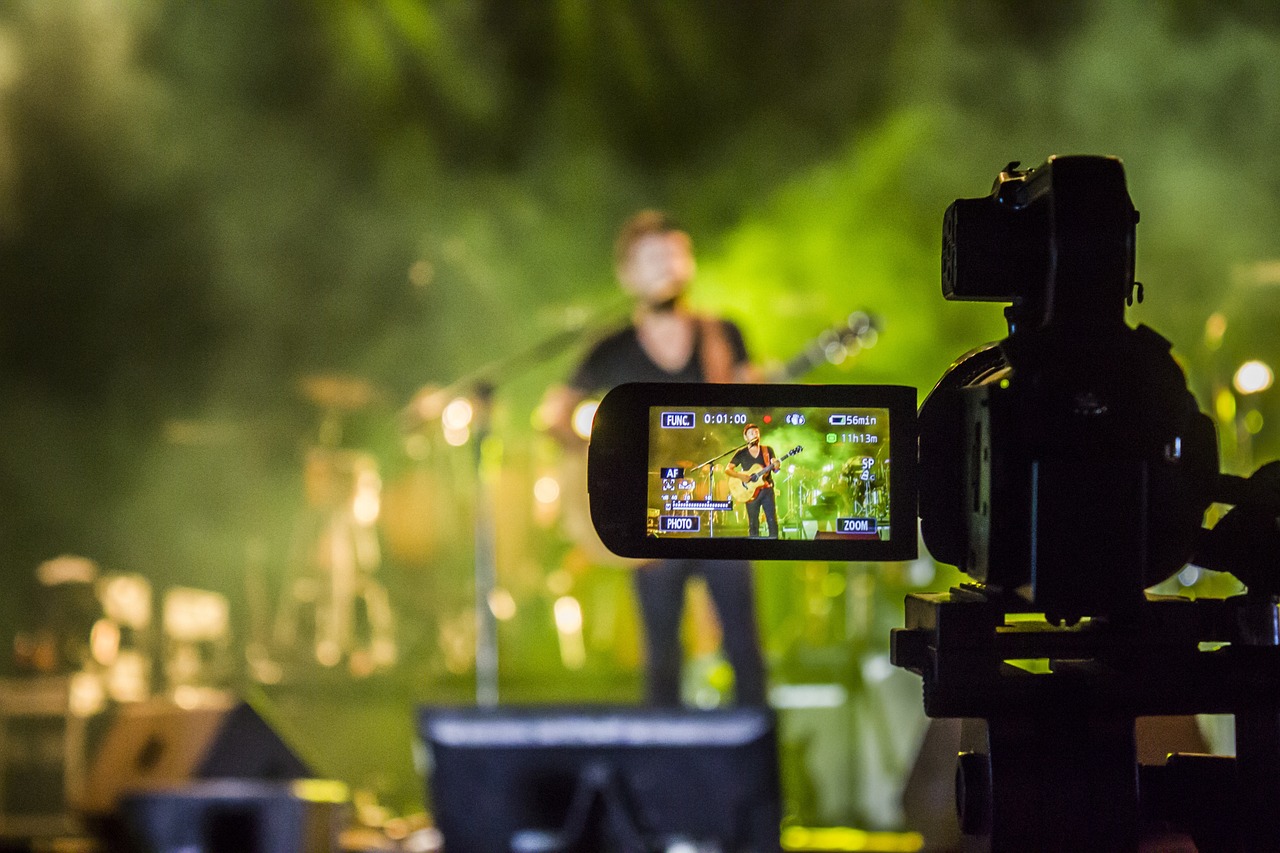
1. Branding Commercials
• Focuses on creating a strong brand identity.
• Highlights brand values, vision, and emotional connection.
Example: Apple’s minimalist ads showcasing innovation.

2. Motivational Commercials
• Inspires and encourages people to take action.
• Often features emotional storytelling and powerful visuals.
Example: Nike’s “Just Do It” campaigns.

3. Funny/Entertaining Commercials
• Uses humor to engage the audience and make the brand memorable.
• Great for social media virality.
Example: Fevicol’s humorous and creative ads.


















